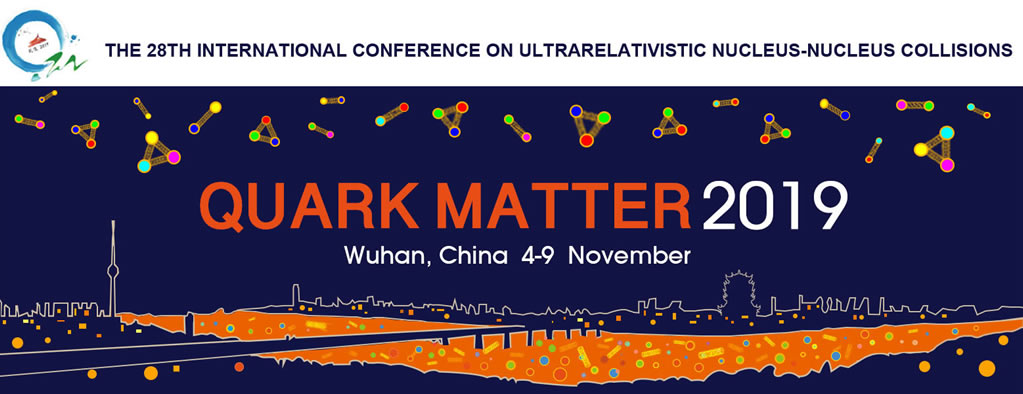Speaker
Description
Two-particle angular correlations are used to investigate properties of the Quark-Gluon Plasma (QGP) formed in high-energy heavy-ion collisions. They are sensitive to different effects of the evolution of the collision, such as collective effects, initial conditions and jet properties.
In small systems (such as pp or p--A collisions), an unexpected double-ridge structure has been observed in the two-particle angular correlations of charged hadrons. The double-ridge is similar to the one observed in A--A collisions, where the physical origin is usually credited to collective behaviour. This structure can be quantified using a Fourier decomposition of the $\Delta \varphi$ distribution. These Fourier coefficients can be factorized to single-particle $v_n$ coefficients, related to the azimuthal distribution of the particles. The interpretation of this phenomena in small system is still in debate, especially concerning the role of hydrodynamics and initial conditions. Extending this measurement to heavy-flavour particles could provide further insight on the initial and final-state origin of the anisotropies in these collision systems.
In this poster, the results of the heavy-flavour hadron decay electron $v_2$ in high-multiplicity p--Pb collisions at $\sqrt{s_{\rm NN}}$ = 5.02 TeV will be presented. The measurement was performed with ALICE at mid-rapidity ($|\eta| < 0.8$). The $v_2$ was obtained by calculating two-particle correlations between heavy-flavour hadron decay electrons and unidentified charged particles in high-multiplicity collisions. The jet contribution to the two-particle correlation distribution was subtracted using the using low-multiplicity collisions.
